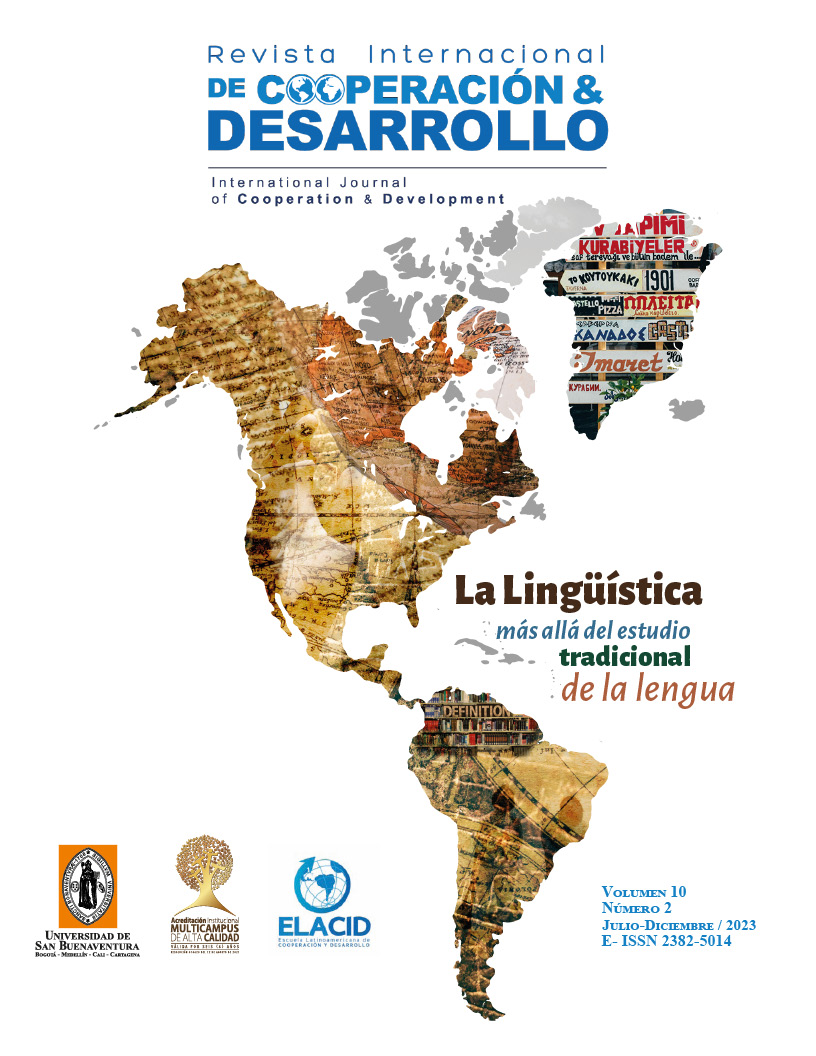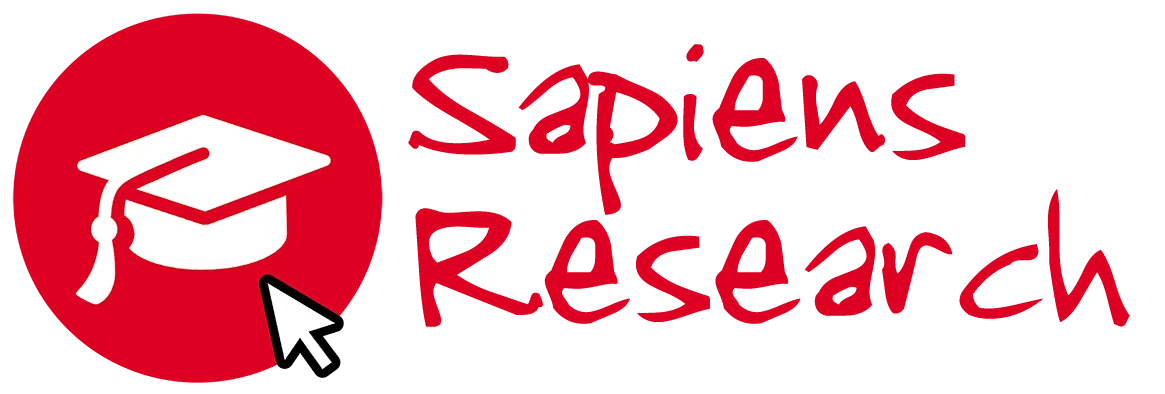INTERNATIONAL JOURNAL OF COOPERATION AND DEVELOPMENT
Assignment of Rights
Authorization for reproduction, publication, communication and distribution of a literary, artistic or scientific
Work.
I , ____________________________________________, author of the book and / or article , of legal age , resident of the city of _________________ , identified with citizenship / passport n° ______________________ issued on _______________________, in exercise of his physical and mental faculties , part henceforth be called the AUTHOR , supports the following authorization to the reproduction, publication, communication and distribution of a work, perform the following terms:
1. Regardless of current legal regulations due to the linking of the parties to this contract, and any kind of legal presumption , the parties agree that the AUTHOR authorize ( name of the publisher ) to reproduce , publish , communicate and distribute the material referred to in the International Journal of Cooperation and Development of the University of San Buenaventura.
2. Such authorization lies in particular on the copyright of the work, by any means known or unknown, publication of the work, distribution of the work , either directly or through third parties for purely educational purposes.
3. AUTHOR agrees to report and declare the existence of this authorization and to preserve the right of the International Journal of Cooperation and Development of the first publication of the work.
4. AUTHOR declares that the article is original and that it is his sole creation, no impediment of any kind exist for the authorization he is doing, besides being responsible for any action claim, plagiarism or other type of claim that might arise about .
5. Such permission is free of charge.
6. Moral copyright in the article are solely the AUTHOR and the University of San Buenaventura expressly agrees to recognize and respect them rigorously.
The Author and / or AUTHORS
SIGNATURE
Abstract
N.A
References
Aston, G. (1995). Corpora in Language Pedagogy: matching theory and practice. En C. Guy & B. Seidlhofer. (Eds.), Principle and Practice in Applied Linguistics (pp. 257-270). Oxford University Press.
Aston, G. (2000). Learning English with the British National Corpus. En P. Battaner & C. López. (Eds.), VI Jornadas de corpus lingüístics: corpus lingüístics i ensenyament de lenguas (pp. 25-40). Instituto Universitario de Lingüística Aplicada.
Baker, M. (1995). Corpora in translation studies: An overview and some suggestions for future research. Target. International Journal of Translation Studies, 7(2), 223-243.
Baker, M. (1998). Translation studies. En M. Baker. (Ed.), Routledge encyclopedia of translation studies (pp. 277-280). Routledge.
Baker, M. (1999). The role of corpora in investigating the linguistic behaviour of professional translators. International journal of corpus linguistics, 4(2), 281-298.
Barnbrook, G. (1996). Language and Computers: A Practical Introduction to the Computer Analysis of Language. Edinburgh Univeristy Press.
Campo, A., Martínez, M., Polo, N., de Yzaguirre, L., Tebé, C., & Cabré, M. T. (2002). La utilización de corpus paralelos alineados en la docencia de la traducción y de los lenguages de especialidad. En L. Iglesias, S. Doval & M. Gómez. (Eds.), Studies in contrastive linguistics.: proceedings of the 2nd International Contrastive Linguistics Conference, Santiago de Compostela, October, 2001 (pp. 71-82). Universidad de Santiago de Compostela.
Crystal, D. (1992). An Encyclopedic Dictionary of Language and Languages. Oxford University Press.
De Jacobi, C. (2002). Computadores, corpora y la enseñanza de español en cursos de letras. Anuario brasileño de estudios hispánicos, (12), 29-44.
De Yzaguirre, L. (1996). Ingeniería lingüística y terminología. Terminómetro, Monográfico: La terminología en España, 69-71.
Fairclough, N. (2003). Analysing discourse: Textual analysis for social research. Psychology Press.
Fairclough, N. (2013). Critical discourse analysis: The critical study of language. Routledge.
Flowerdew, J. (2017). Corpus-based approaches to language description for specialized academic writing. Language Teaching, 50(1), 90-106.
Flowerdew, J. (2009). Applying corpus linguistics to pedagogy: A critical evaluation. International journal of corpus linguistics, 14(3), 393-417.
Gerbig, A. (2008). Language, people, numbers: Corpus linguistics and society. Rodopi.
Hunston, S., & Francis. G. (2000). Pattern Grammar: A Corpus-driven Approach to the Lexical Grammar of English. John Benjamins Publishing Company.
Johns, T. (1991). Should you be persuaded: Two samples of data-driven learning materials. En C. Huo, L. Jiao & W. Wang. (Eds.), An Empirical Study of Corpus Application in the Teaching of English Writing (pp. 1-16). Creative Education.
Johns, T. (2002). Data-driven learning: The perpetual challenge. En B. Kettemann & G. Marko. (Eds.), Teaching and learning by doing corpus analysis (pp. 105-117). Brill.
Johns, T., Hsingchin, L., & Lixun, W. (2008). Integrating corpus-based CALL programs in teaching English through children's literature. Computer Assisted Language Learning, 21(5), 483-506.
Kenny, D. (1998). Corpora in translation studies. En M. Baker. (Ed.), Routledge encyclopedia of translation studies (pp. 50-53). Routledge.
King, M. (1997). Evaluating translation. En C. Hauenschild & S. Heizmann. (Eds.), Machine translation and translation theory (pp. 251-263). Mouton de Gruyter.
Larsson, T., Egbert, J., & Biber, D. (2022). On the Status of Statistical Reporting Versus Linguistic Description in Corpus Linguistics: A Ten-year Perspective. Corpora, 17(1), 137-157.
Lewis, M. (1997). Pedagogical implications of the lexical approach. En J. Coady & T. Huckin. (Eds.), Second language vocabulary acquisition: A rationale for pedagogy (pp. 255-270). Cambridge University Press.
McEnery, T., & Wilson, A. (1996). Corpus Linguistics. Edinburgh University Press.
McEnery, T., & Wilson, A. (2000). Linguistic Córpora and Language Teaching: Corpus Based Help for Teaching Grammar. En P. Battaner & C. López (eds.), VI Jornadas de corpus lingüístics: corpus lingüístics i ensenyament de lenguas (pp. 65-77). Instituto Universitario de Lingüística Aplicada.
Mindt, D. (1997). Complementary distribution, gradience and overlap in corpora and in ELT: Analysing and teaching the progressive. Language and Computers, 19, 227-238.
Mindt, D. (2002). A corpus-based grammar for ELT. En B. Kettemann & G. Marko. (Eds.), Teaching and learning by doing corpus analysis (pp. 91-104). Brill.
Pérez-Pérez, C. M. (2023). El término en español: hacia una ampliación del concepto a partir de su caracterización lingüística en cinco áreas de especialidad [Tesis Doctoral, Universidad de Antioquia].
Quiroz, G. (2007). Preparación y procesamiento de un corpus para la creación de materiales en la clase de español para propósitos específicos. En M. González & M. Valmaseda (Coords.), Actas del X Congreso Brasileño de Profesores de Español (pp. 131-150). Embajada de España en Brasil – Consejería de Educación.
Quiroz, G., Burgos, D., & Zuluaga, F. (2024). Terminología del español: el término. Routledge.
Quiroz, G., Pérez-Pérez, C. M., & Vásquez, D. (2024). Metodología para un proyecto terminológico basado en corpus. En G. Quiroz, D. Burgos & F. Zuluaga (Eds.), Terminología del español: el término. Routledge.
Stubbs, M. (1994). Grammar, text, and ideology: computer-assisted methods in the linguistics of representation. Applied linguistics, 15(2), 201-223.
Vásquez, D. (En prensa). Caracterización lingüística de las unidades terminológicas para determinar niveles de especialización textual [Tesis Doctoral, Universidad de Antioquia].
Recursos lexicográficos
Biber, D., Johansson, S., Leech, G., Conrad, S., & Finegan, E. (2000). Longman grammar of spoken and written English. Longman.
Fernández, F. (2003). Lema. Diccionario de la Lengua Española. Vox.
Rundell, M. (2005). Macmillan English Dictionary for Advance Learners of American English. Palgrave Macmillan.
Stevenson, A. (2010). Oxford Dictionary of English. Oxford University Press.
Vox. (2004). Diccionario de Uso del Español de América y España. McGraw-Hill.
















